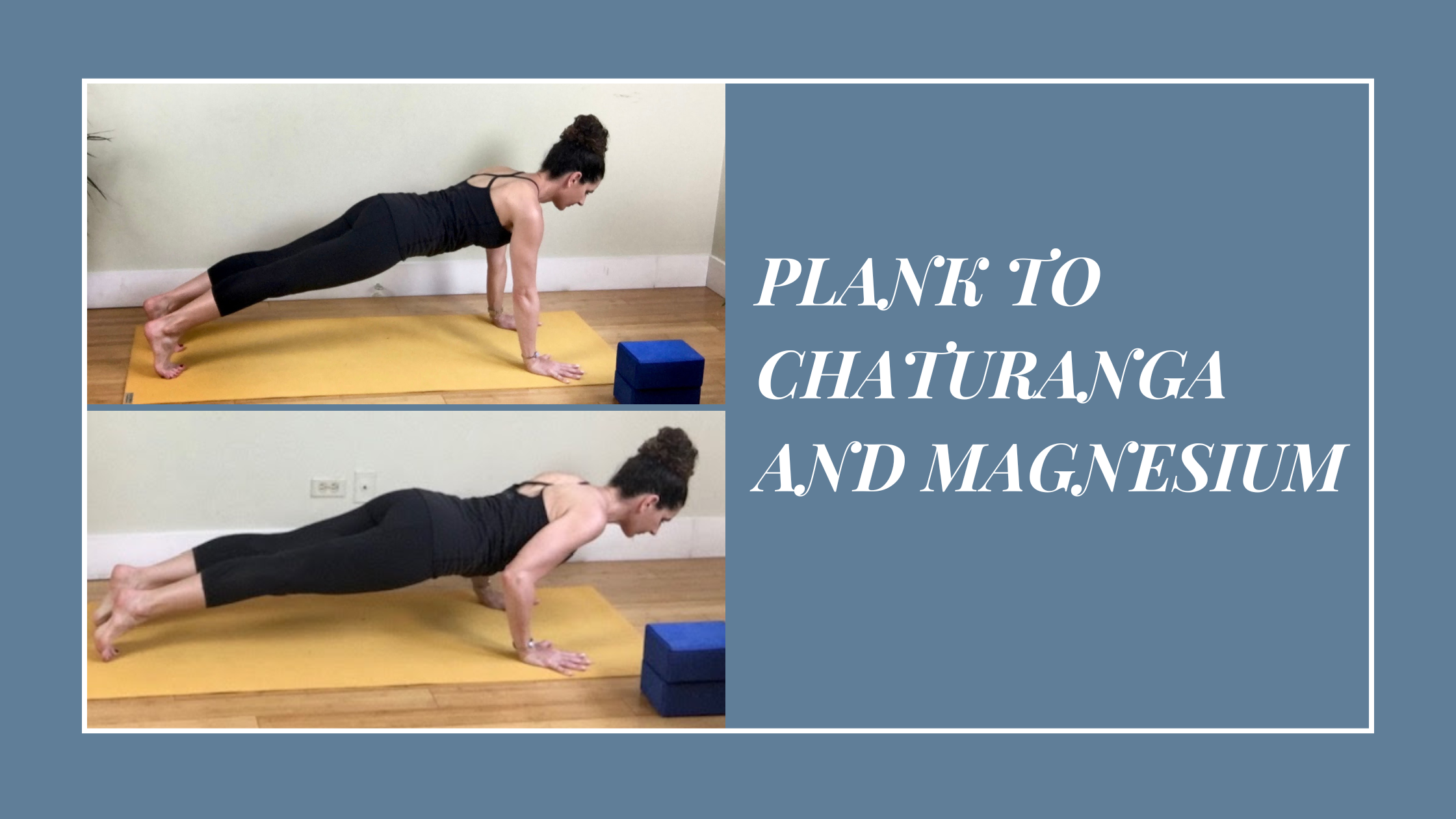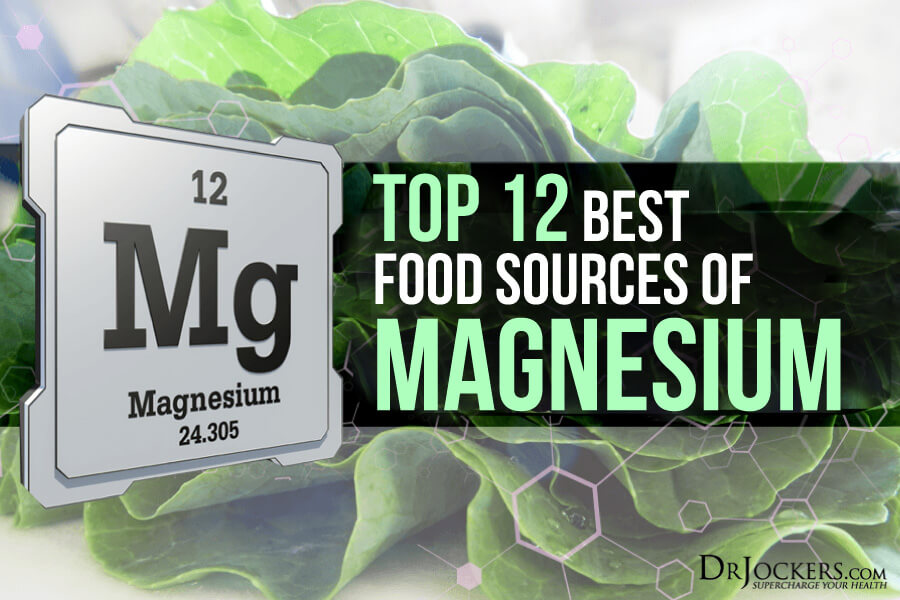PLANK TO CHATURANGA
As you lower from Plank pose into Chaturanga, pull your armpits towards the back of your mat and hug your inner armpits in – as if you had a newspaper under each armpit that someone was trying to take away.
Why?
As you may know, to help prevent wear and tear in the shoulder joint, it is believed by many that we don’t want our shoulder blades to move much when lowering into Chaturanga. There are quite a few muscles that will help stabilize the shoulder blades on the back, the latissimus dorsi and lower trapezius being two of them. Pulling the armpits to the back of the mat engages the lower trapezius, and according to Jennilee Toner (teacher of yoga and human anatomy and the author of “The Perfect Chaturanga: A Comprehensive Guide to the Human Body Through the Practice of Vinyasa Yoga”), this helps “to free the clavicle area of unnecessary and possibly injurious tension and compression.”
Hugging the armpits in engages the lats giving you more power and stability. Jennilee also says that “activation of the latissimus dorsi draws the humerus in so that the head of the humerus can be in line with the distal end (the elbow joint).” Its very important that we utilize these bigger muscles when practicing Chaturanga! Keep it simple – armpits back and in!!
One inspiring tip:
While practicing the cue above, don’t let your shoulder blades move; the movement is only at the elbow joint. Try drawing your armpits back and in while simply standing first. Feeling the stability in your shoulder blades while standing will make it easier to replicate when lowering from Plank to Chaturanga.
One inspiring song:
“Feel It Still” – Medasin Remix by Portugal
One inspiring quote:
“I believe in being strong when everything seems to be going wrong. I believe that happy girls are the prettiest girls. I believe that tomorrow is another day and I believe in miracles.” – Audrey Hepburn
Nutrition nugget:
MAGNESIUM – HOW TO GET ENOUGH AND WHY IT’S SO IMPORTANT!
Depending on what article you read, 30-80% of us do not get enough magnesium in our diet. Everything from stress, blood sugar control, healthy bone density and relaxation depend on optimal magnesium consumption.
Dr. Norman Shealy, M.D., Ph.D., is an American neurosurgeon and a pioneer in pain medicine. He says, “Every known illness is associated with a magnesium deficiency” and that “magnesium is the most critical mineral required for electrical stability in every cell in the body. A magnesium deficiency may be responsible for more diseases than any other nutrient deficiency.”
This is an informative article which shares the important role of magnesium in your overall health as well as the symptoms of deficiency and the top 12 magnesium-rich foods.
If you read this full article, you will see that Dr. Jockers does sell some magnesium supplements. While I don’t love when I read blogs and there is a sales pitch at the end, I do listen to his podcast and find him informative and educational.
I will leave you with this chart that shows a handful of foods that have a decent amount of magnesium:

Until next month, play with your Plank to Chaturanga transition (armpits back and in!) and add more magnesium-rich foods to your diet!


